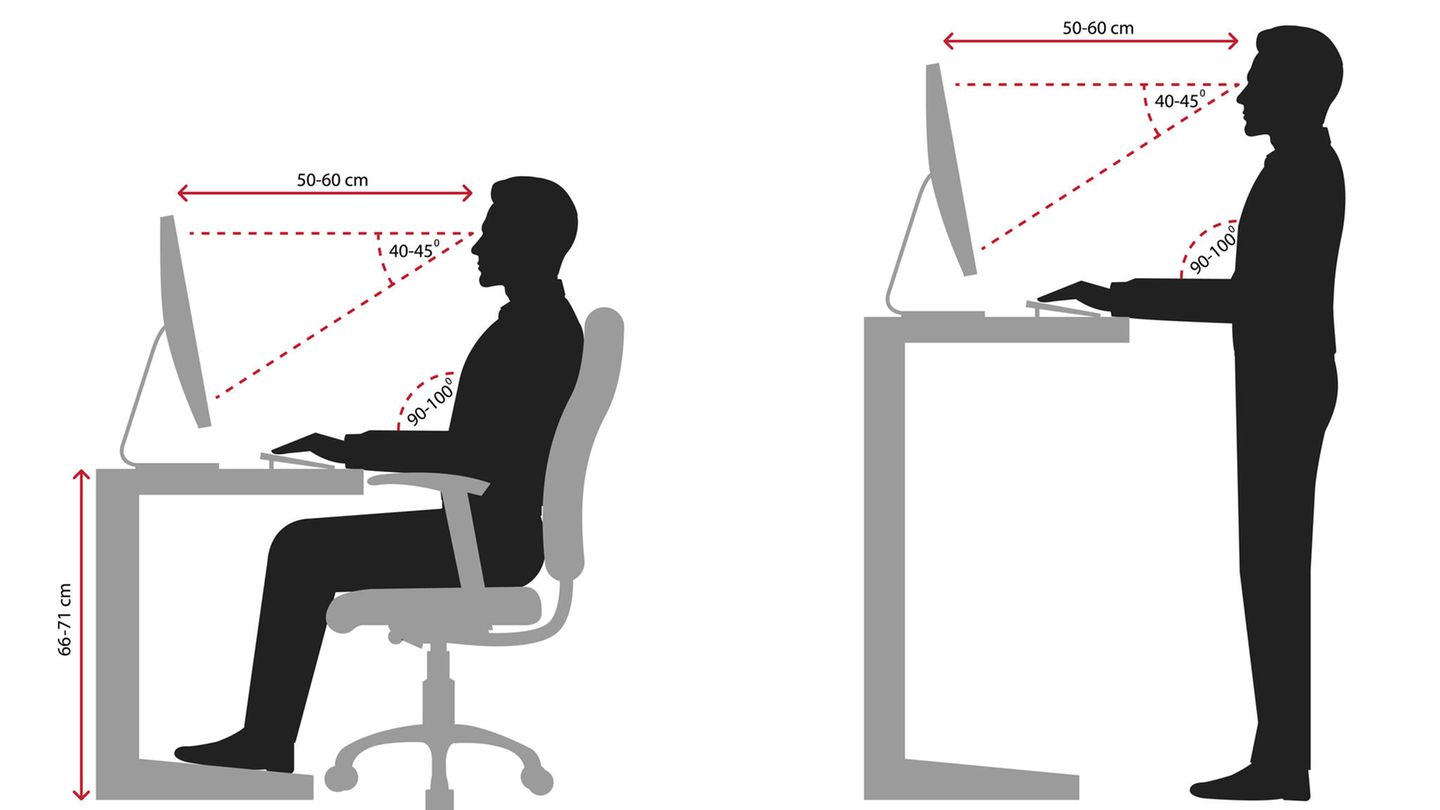The toxic brackish water alga has been previously identified. The proof of the associated poison has now been achieved at the Institute for Food Chemistry and Toxicology University in a broadcast on Friday afternoon. A natural cause for the mass development of the algae is unlikely.
The algae species Prymnesium parvum does not occur in large numbers under natural conditions on the affected sections of the German-Polish border river, it was emphasized. For mass occurrence in this area, it is dependent on salinity, which can only arise through industrial discharges. The Leibniz Institute for Freshwater Ecology and Inland Fisheries (IGB) had detected and microscopically identified the toxic brackish water algae in all samples from the middle Oder over the past few days, but the confirmation of the poison was still pending.
“We were able to detect a subspecies of the algal toxin, the so-called ‘Prymnesine’, without a doubt and actually in significant quantities in samples from the Oder from different locations,” explained Elisabeth Varga from the university Vienna, who carried out the analyzes there at the mass spectrometry center. “If this specific type of algae is present in very large quantities, as is the case in the Oder samples, a very high toxic concentration must also be assumed. Since all samples were taken at an advanced stage of the algal bloom, there is a direct connection with the It is assumed that fish and molluscs are dying,” emphasized the scientist.
There is still a fundamental need for research on the toxicity of prymnesins, and it has not yet been conclusively clarified which groups of organisms other than fish and molluscs could be affected. This also applies to potential effects on the human organism. The exact quantity determination from the biomass samples of the alga itself and the water samples taken was still ongoing, but it is technically and time-consuming.
“Prymnesins are very specific organic compounds, as far as is known, with up to 107 carbon atoms. In principle, these can be measured with modern mass spectrometers, but in practice they are only analyzed in a few laboratories in Europe, also because they are not searched for,” explained Stephanie Spahr, head the IGB working group on organic pollutants. “We will now contact the responsible authorities immediately so that the research results can be integrated into new measurement campaigns and programs,” emphasized IGB scientist Tobias Goldhammer, head of the nutrient cycles and chemical analysis working group. In this way, the further development on the Oder can be better followed.
Source: Nachrichten




